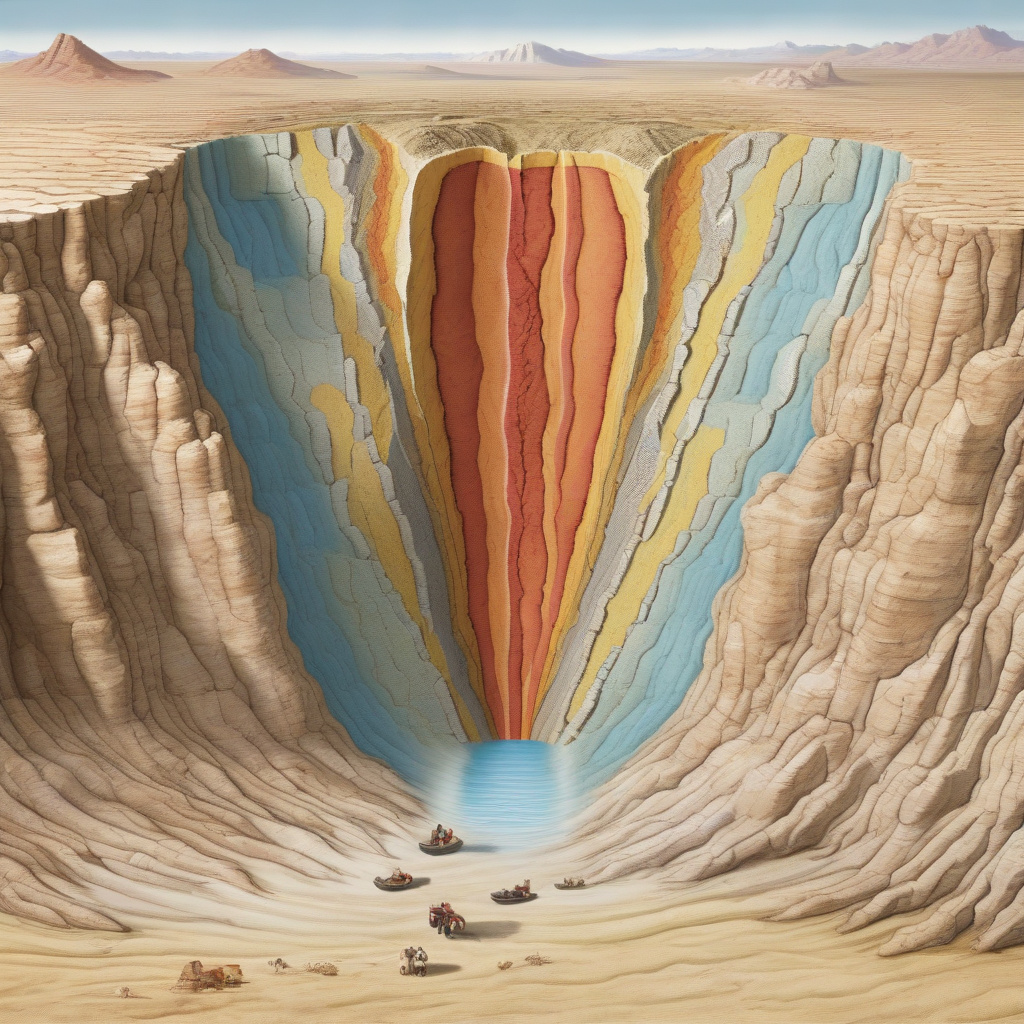The North American Continent: Slowly Losing Rock from Its Underside
Researchers have discovered that the North American continent is slowly losing rock from its underside. This groundbreaking revelation has sparked significant interest and concern among the scientific community. The findings shed light on the dynamic and ever-changing nature of the Earth’s geological processes, highlighting the need for continued research and exploration in this field.
The process through which the North American continent is losing rock from its underside is known as delamination. Delamination occurs when the lower part of the continent, also known as the lithosphere, begins to peel away from the upper part due to various geological forces. This phenomenon can have far-reaching implications for the continent’s geological stability and evolution over time.
One of the key drivers of this delamination process is the movement of tectonic plates beneath the Earth’s surface. As these massive plates shift and collide, they exert tremendous pressure on the lithosphere, causing it to deform and, in some cases, detach from the continent above. This gradual loss of rock from the underside of the North American continent is reshaping its geological structure and setting the stage for future changes and developments.
Scientists believe that the process of delamination is a natural and ongoing occurrence that has been shaping the Earth’s continents for millions of years. However, the current rate at which the North American continent is losing rock from its underside has raised concerns about the potential impact on geological stability and seismic activity in the region. Understanding these processes is crucial for predicting and mitigating any potential risks associated with delamination.
In addition to its geological implications, the discovery of rock loss from the underside of the North American continent has significant scientific and research value. By studying this phenomenon in greater detail, scientists can gain valuable insights into the Earth’s internal structure and the forces that shape its surface. This knowledge can help researchers better understand the planet’s geological history and predict how continents may evolve in the future.
Furthermore, the findings regarding the North American continent’s delamination highlight the importance of ongoing scientific exploration and discovery. By continuously monitoring and analyzing geological processes, researchers can expand our understanding of the Earth’s complex and dynamic systems. This knowledge not only enhances our scientific knowledge but also has practical applications in fields such as geology, seismology, and natural disaster preparedness.
As scientists continue to investigate the phenomenon of rock loss from the underside of the North American continent, new discoveries and insights are sure to emerge. By staying at the forefront of research in this area, the scientific community can deepen our understanding of the Earth’s geological processes and how they shape the world we live in. The ongoing study of delamination and its effects on the North American continent serves as a reminder of the planet’s constant evolution and the importance of scientific inquiry in uncovering its mysteries.
In conclusion, the revelation that the North American continent is slowly losing rock from its underside has significant implications for geology, scientific research, and our understanding of the Earth’s dynamic nature. By unraveling the complexities of delamination and its impact on the continent, scientists are paving the way for new discoveries and insights into the planet’s geological processes. This discovery underscores the importance of continued exploration and study in the field of geology, as we strive to unlock the secrets of the Earth’s ever-changing landscape.
North American continent, delamination, geological processes, scientific research, Earth’s evolution












